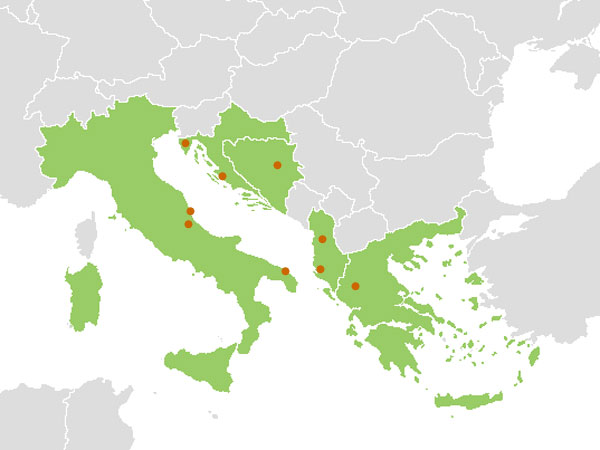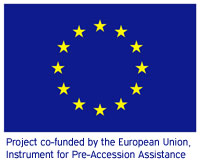![]() Name and address of organization: Comune di Raiano
Name and address of organization: Comune di Raiano
Country and region: Italy - Abruzzo
Tel. +39 0864 72212
E-mail: This email address is being protected from spambots. You need JavaScript enabled to view it.
Website: www.comuneraiano.com
Description
Raiano cherries are grown in part of the territory of the provinces of Chieti (Giuliano Teatino, Canosa Sannita, Ari, Torrrevecchia Teatina) and L'Aquila (Raiano, Corfinio, Prezza). Cherries are mentioned in many local historical sources, particularly in the chronicles of towns and monasteries and in testamentary documents. However, the information is erratic and haphazard. Nevertheless, the economic importance of cherries, and indeed fruit in general, was fairly limited until the end of the 1800s and consumption was confined to the particularly wealthy classes or country folk. The mainstays of the area's agricultural economy were cereals and livestock, along with tree crops, grapes and mulberries. Mulberry trees were often used as supports for the vines, while their leaves were used in silkworm farming, which is widely documented as a highly profitable activity. However, the situation changed during the early 1900s. Silkworm farming collapsed due to the fall in silk prices and the mulberry trees, which were no longer profitable as supports for vines, were rapidly replaced by the fruit-bearing species that were starting to become popular. The itinerant agricultural professorships played an important role in this process, for they also promoted cherry growing. Raiano has been putting on its unusual one-day sagra since 1939, and it’s become so important on the Italian stage that cherries get sent to this town from all over for tasting and grading, 390 masl sitting north of Sulmona in the Peligna Valley. The cherry festival is just one way for this small town of 2700 inhabitants to celebrate their historical agricultural roots together artistically, culturally, and with the sweetest of fruits formerly reserved for the wealthy.
Objective of the best practice
The objective is to promote and increase the quality of this product. In particular it will be useful to promote not only fresh consumption but also the development of the confectionery industry, and preserve the biodiversity of this area, ensuring a higher profitability to the farmers.
Who is going to use the best practice
Interested community members, but also all people who are indirectly affected by the diffusion of this best practice (e.g. social workers, business people, town boards, etc. ) used it. In fact, the diffusion of this typical product allowed the enhancement of the awareness toward these kind of cherries and provided an opportunity for the development of this area. In particular, on the long run the diffusion of this product will increase the incomes for producers. Especially because it is a local crop that preserve the biodiversity of the area allowing the production of foods with typical traits.
Benefits
Producers will improve their profitability obtaining products with high added value optimizing costs. Consumers can count on high-quality, traceable and typical food.
Expected results and indicators to measure success
The involvement of local producers together with restaurants will allow the diffusion of this product and favors the gastronomic tourism in this area.
Possibility of transferring the best practice
The product can also move to the processing industry, with the production of jams, cherry juice and ice-cream. What it also can be transferred is the way to promote a typical agrofood product, in this case through the organization of a festival.














